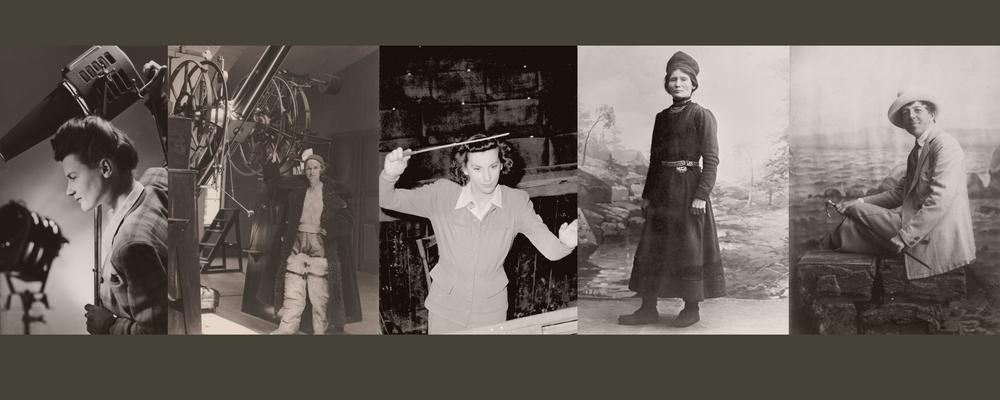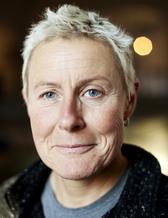Twice as many women in SKBL
The Biographical Dictionary of Swedish Women (SKBL) was launched with much fanfare exactly three years ago. Since then, the database’s features have been improved and new educational search aids have been added. Most importantly of all: there are now twice as many women featured in the dictionary as there were at launch – and just in time for International Women’s Day. 2,000 women whose lives and achievements have in many cases not previously been visible in the annals of history.
The Biographical Dictionary of Swedish Women (SKBL) is a freely accessible database available in both Swedish and English. Its contents are free to use, but the source must be cited.
This project at the University of Gothenburg was carried out in a partnership incorporating the Department of Literature, History of Ideas and Religion, the Department of Historical Studies, the National Resource Library for Gender Studies research infrastructure which is based in the University’s Humanities Library, and Språkbanken.
Link: https://skbl.se/en


